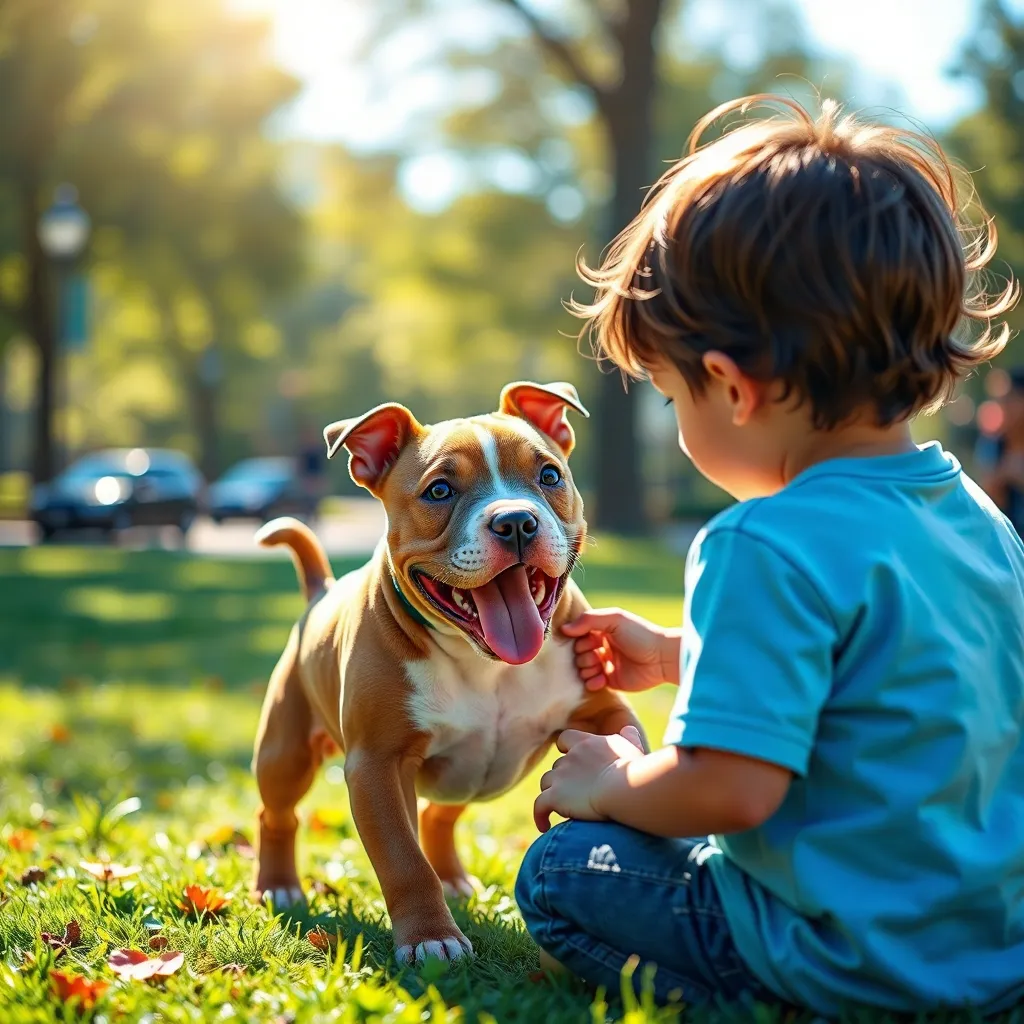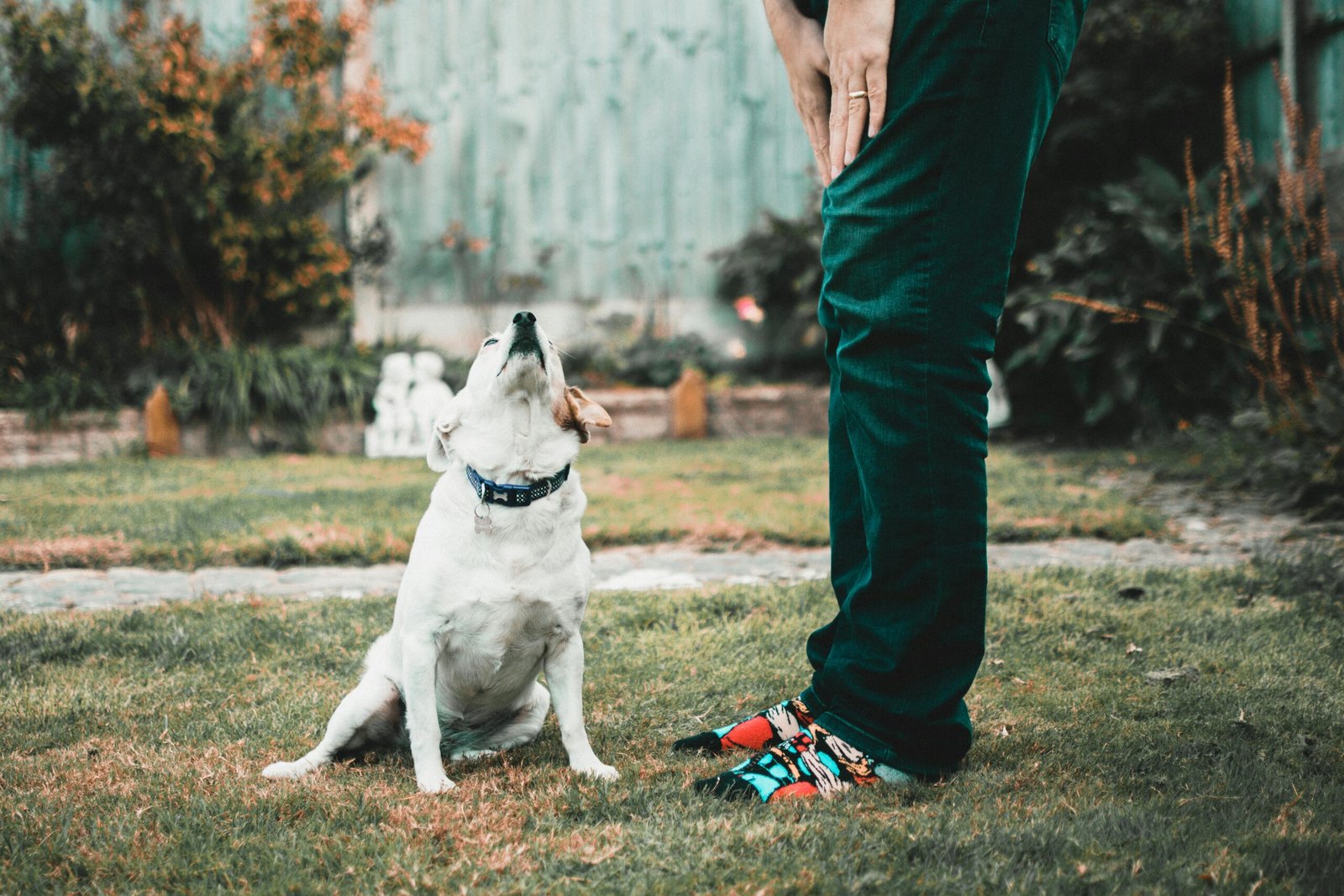Description: Pit Bulls have a reputation for being aggressive, but is it deserved? This comprehensive guide delves into the history, temperament, and training needs of Pit Bulls, separating fact from fiction and exploring what makes them unique companions. Discover why understanding breed-specific traits and responsible ownership are crucial.
Keywords: pit bull facts, pit bulls dangerous, dog breeds, pit bull myths, dog behavior, pit bull temperament, responsible dog ownership, pit bull training, pit bull bite statistics, canine aggression, dog breed stereotypes
The American Pit Bull Terrier, along with similar breeds often grouped under the umbrella term “Pit Bull,” has a controversial reputation. Often portrayed as inherently aggressive and dangerous, these dogs are frequently the subject of breed-specific legislation and negative stereotypes. But is this reputation deserved? The truth is far more nuanced than a simple yes or no.

This article aims to provide a balanced and informative look at Pit Bulls, examining the facts and dispelling common myths surrounding their behavior. We’ll explore their history, inherent traits, and the crucial role of responsible ownership in shaping their behavior. Understanding these factors is key to fostering a more accurate and compassionate understanding of this often-misunderstood breed.
The History of Pit Bulls: A Breed Shaped by Human Intervention
The breeds often labeled “Pit Bulls” – including the American Pit Bull Terrier, American Staffordshire Terrier, Staffordshire Bull Terrier, and sometimes even similar-looking dogs – share a common ancestry in the British Isles. Bred originally for bull-baiting and dog fighting, these dogs were selected for strength, tenacity, and a high pain tolerance. These activities are thankfully outlawed today, but their legacy continues to influence perceptions of the breed.
However, it’s crucial to understand that the dogs used in these brutal activities were not inherently aggressive towards humans. Their aggression was specifically trained and reinforced for the purpose of the fight. The inherent traits that made them successful in these activities – strength, courage, and determination – are now seen as positive attributes when channeled correctly through proper training and socialization.
Temperament and Behavior: More Than Just Genetics
While genetics play a role in a dog’s temperament, it’s a significant oversimplification to attribute aggression solely to breed. Environmental factors, socialization, and training have a far greater impact on a dog’s behavior. A Pit Bull raised in a loving, stable home with proper socialization and training is far less likely to exhibit aggressive behavior than one neglected, abused, or poorly trained.
Early socialization is paramount. Exposing a young Pit Bull puppy to various sights, sounds, people, and other animals helps them develop into well-adjusted adults. Similarly, consistent and positive reinforcement training is essential to establish clear boundaries and build a strong bond between dog and owner. This involves teaching basic obedience commands and addressing any behavioral issues proactively.
Debunking the Myths: Separating Fact from Fiction
Many myths surround Pit Bulls, perpetuating fear and misunderstanding. For instance, the claim that Pit Bulls have a “locking jaw” is completely false. Like all dogs, their jaws can be opened. Similarly, claims about inherent aggression are unfounded, ignoring the significant role of human intervention in shaping their behavior.
Pit Bull bite statistics are often misinterpreted. While Pit Bulls may be involved in a disproportionate number of bite incidents, this is often linked to their popularity, misidentification of breeds, and the fact that they are stronger dogs capable of inflicting more damage in a bite. Focusing on responsible ownership and reducing the number of neglected and abused dogs is a more effective approach than breed-specific legislation.
Responsible Ownership: The Key to a Harmonious Relationship
Responsible ownership is crucial for any dog breed, but it’s particularly vital for breeds like Pit Bulls with a history of being used for aggressive purposes. This includes:
- Proper socialization: Early and consistent exposure to various stimuli.
- Positive reinforcement training: Building a strong bond through reward-based methods.
- Consistent discipline: Setting clear boundaries and expectations.
- Adequate exercise: Providing sufficient physical and mental stimulation.
- Veterinary care: Ensuring regular health checkups and vaccinations.
By understanding the breed’s history, temperament, and training needs, responsible owners can help dispel negative stereotypes and demonstrate the true potential of Pit Bulls as loving and loyal companions.
FAQ
Q: Are Pit Bulls inherently aggressive?
A: No, Pit Bulls are not inherently aggressive. Their reputation stems from their history and misuse, not an inherent trait. Proper training and socialization are key to preventing aggression.
Q: Do Pit Bulls have a locking jaw?
A: This is a myth. Like all dogs, their jaws can be opened.
Q: Are breed-specific laws effective in reducing dog bites?
A: Studies suggest that breed-specific legislation is often ineffective and may even be counterproductive, focusing on breed instead of responsible ownership.
Q: How can I find a responsible Pit Bull breeder?
A: Research thoroughly, visit the breeder, and ask questions about their breeding practices, socialization methods, and health testing. Avoid breeders who prioritize looks over temperament and health.
Buy the products shown in this post by visiting this link: https://amzn.to/3ZlyPU9
Share this content:






